 |
| Clues to care at the Huntington Ranch |
In the landscape architecture biz, “clues to care” is a phrase meaning that a garden has some sort of indication that humans were involved. Those clues could be anything from a couple of stepping stones, a bean teepee, to a piece of garden statuary. Particularly if your garden has a wild look or if you’re trying to grow vegetables in the front yard, “clues to care” can go a long ways to keeping the neighbors happy.
Dr. Susan J. Mulley, a landscape architecture professor at Cal Poly Pomona is doing some interesting research on how people react to alternative forms of landscaping such as native plants and urban vegetable gardens. She’s doing opinion polls using Photoshopped mock-ups of residential, academic and commercial landscapes with food crops, native plantings and more conventional landscaping. The conclusion I took away from Dr. Mulley work is that most people like some kind of clue to care. In general, most folks don’t like a residential front yard that looks like a farm, or anything that looks too “wild.”
Clues to care include:
- Defined pathways
- Raised beds
- Mulched beds and paths (vs. bare soil)
- Artwork
- Trellises and other attractive supports
- Birdbaths
- Benches
While the above items fall under the category of hardscape, clues to care also include aesthetic choices in planting and arranging the yard. For instance, it’s never a bad idea to plant lots of flowers, even if you’re more interested in food, and place them toward the front of the yard to appease the neighbors. Choose your flowers well and they’ll both please the neighbors and the beneficial insects.
And keep the yard tidy. Part of the mystique of the pristine suburban front yard is that it somehow takes care of itself–there is never any evidence of work left around. Similarly, your front yard garden should be clear of wheelbarrows and shovels and piles of manure &etc., and the less attractive parts of garden infrastructure, such as the compost pile, should be kept out of sight. If you can’t hide your compost pile around back, consider building a screen around it.
So why not use clues to care to make native and edible landscaping more appealing to the general public? The central principles of permaculture according to David Holmgren, are “care for the earth, care for people and fair share.” I believe that the “care for people” portion of those three ethics should include our aesthetic needs as well as our needs for sustenance. And clues to care–a human touch–are the means to fulfill those aesthetic needs. With just a few simple touches a garden can fulfill aesthetic, nutritional and wildlife habitat needs.
Right now our back and front yards really need some clues to care! I’ll document those clues as they are created.
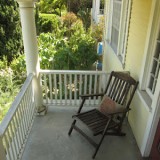
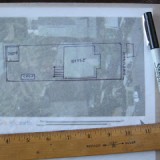
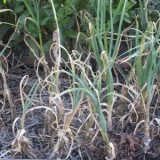
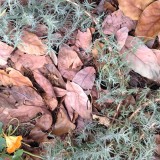
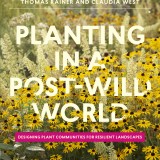
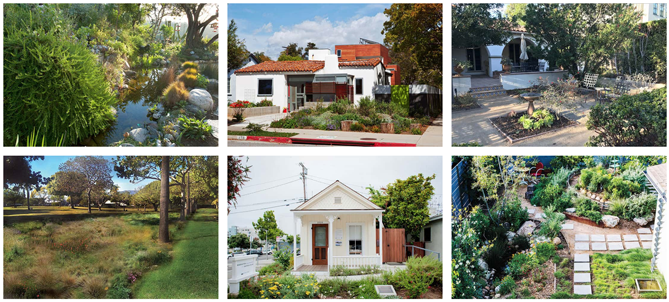
Interesting idea. There has been much discussion at my house lately of the acceptability of growing in the front yard in addition to the back. This sort of idea might help.
I think you can’t add too many clues, though. By far the worst appearing front yard gardens I have seen are the ones that look like a back yard garden — rows of raised beds or row crops with nothing else. Let’s face it: a rectangle made up of rectangles and lines of vegetables can be pleasing as a workspace for an organized gardener, but it’s not aesthetically pleasing.
The best ones are much less rigid. There might be some workmanlike garden features, but mostly the gardens tend to ramble and form pleasing shapes. Done very well, one doesn’t even notice that the front garden (in the older sense of the word) is made up of plants that produce food.
My friend has been fighting The City of Birmingham because the city says she has weeds and trash in her front yard. She is trying to prove it is herbs and yard art. The “clues to care” are not working.
This comment has been removed by the author.
LOL, I’m the worst at this. Our front lawn TOTALLY looks like a farm, and at least one neighbor hates it. We don’t have a back yard to speak of though, so it’s there or nowhere, and nowhere isn’t a real option in my mind. I’ll have a lot more time with the garden this summer, maybe I can put up some art or something pretty. He complained to my landlord last year because he thought the potatoes were weeds… 😛
d
These are great ideas! It just makes me sad that people don’t think wild gardens are aesthetically pleasing. I think gardens are beautiful either way 🙂 Thank you for the tips!